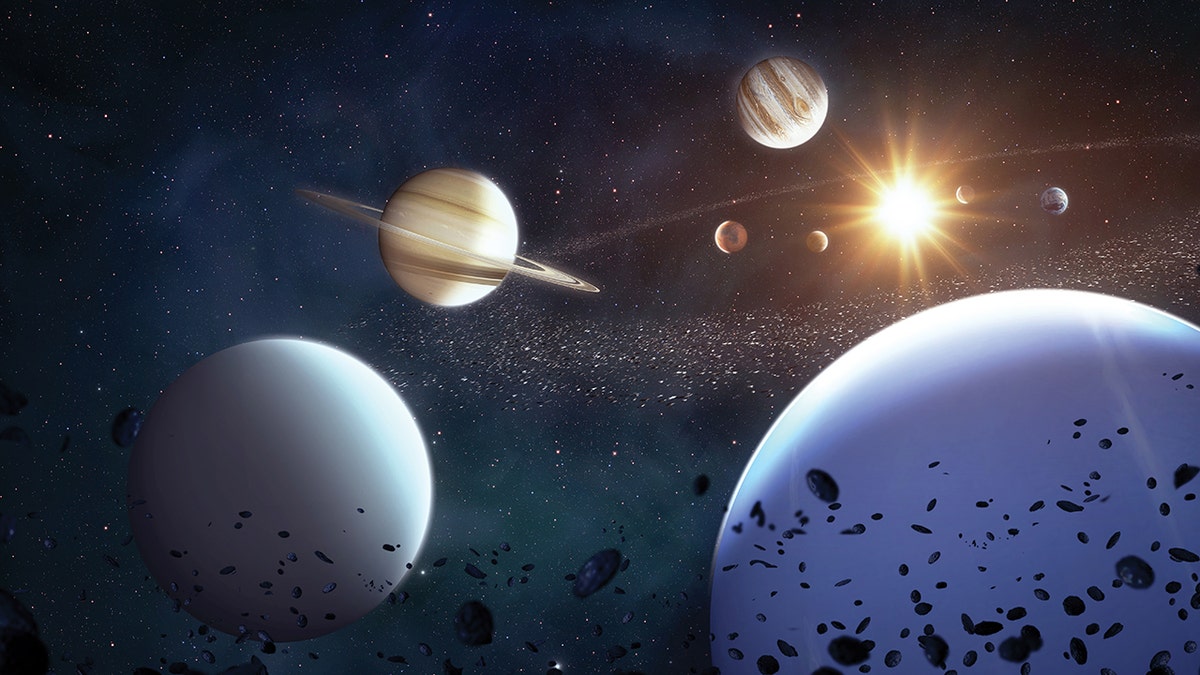People in the Northern Hemisphere will soon be able to get a glimpse of a comet that hasn’t been visible on Earth for more than 400 years.
The rare green comet, named Nishimura after the amateur Japanese astronomer who discovered it in mid-August, is about a half-mile in size and will pass within 78 million miles of Earth on Sept. 12, according to a report from the Associated Press.
People in the Northern Hemisphere who want a shot to spot the comet will have to wake up about 90 minutes before dawn and look north about 10 degrees above the horizon, near the constellation Leo, where Nishimura will brighten as it gets closer to the sun and then become more difficult to spot as it drops lower in the sky.
5 ASTEROIDS TO PASS EARTH THIS WEEK, INCLUDING ONE AS BIG AS A HOUSE: NASA
This image provided by Gianluca Masi shows the comet C/2023 P1 Nishimura and its tail as seen from Manciano, Italy, on Sept. 5, 2023. Stargazers across the Northern Hemisphere should catch a glimpse as soon as possible because it will be another 400 years before it will return. (Gianluca Masi via AP)
Paul Chodas, manager of NASA’s Center for Near-Earth Object Studies, told the Associated Press that those hoping to see the comet should be prepared on Sept. 12.
“You really need a good pair of binoculars to pick it out, and you also need to know where to look,” Chodas said.
Nishimura will pass closer to the sun than Mercury on Sept. 17 and depart the solar system as long as it does not disintegrate during its trips near the sun. Chodas believes the comet is “likely to survive its passage” and, if so, would be visible to people in the Southern Hemisphere sometime around the end of September.

Illustration of the solar system (Tobias Roetsch/Future Publishing via Getty Images)
VIDEOS CAPTURE FIREBALL METEOR LIGHTING UP COLORADO’S EARLY MORNING SKIES
Italian astronomer Gianluca Masi, founder of the Virtual Telescope Project, told the Associated Press that next week will be “the last, feasible chances” to see the comet, which last passed this close to Earth 430 years ago in the Northern Hemisphere.
“The comet looks amazing right now, with a long, highly structured tail, a joy to image with a telescope,” he added.
According to the report, finds of this type by amateur astronomers are rare given the amount of professional sky surveys that use powerful ground telescopes.

View on the planet Earth from the Moon surface. Elements of this image are furnished by NASA. (iStock)
CLICK HERE TO GET THE FOX NEWS APP
“This is his third find, so good for him,” Chodas said.
The Associated Press contributed to this report.